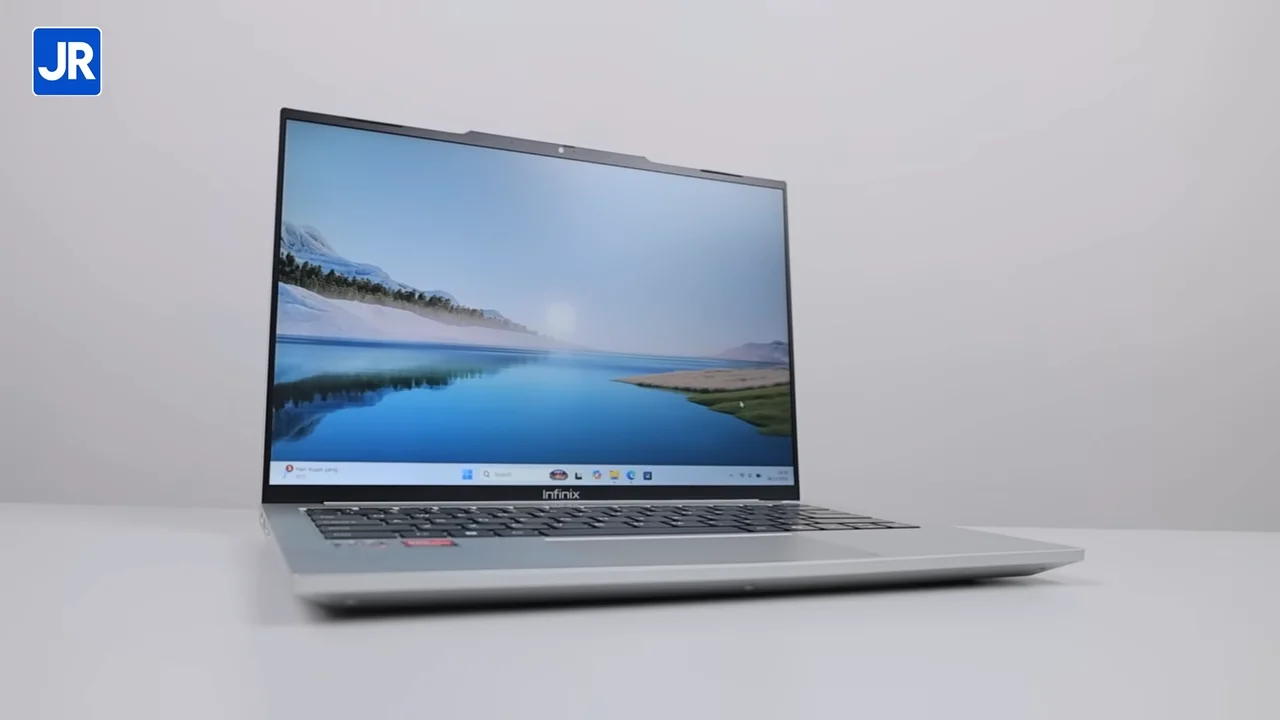AMD Phenom II X6 1055T and 1090T: More Cores, Less Price
Power Consumption

Under full-load condition, Phenom II X6 1090T BE consumes only 4 watts more electricity, compared to its slower-clocked sibling. The 400 MHz clockspeed gap does not set both processor too far apart, when it comes to power consumption. When idle, 1090T BE’s power usage is 3 watts lower than the 1055T.
Conclusions
Multi core processors are the future of desktop computing. We’re in the second half of 2010 and it has been an exciting year indeed. Thanks, in part, to the six-core processors which made their debut earlier this year. Now, we have the Phenom II X6, which brings even more processing power to the mainstream segment.
Aside from the higher core-count, the Thuban-based Phenoms from AMD are not entirely different from their previous generation cousins. Before releasing the desktop version, AMD had first introduced the server versions of their six-core processor under the codename “Istanbul”. Although they are actually based on the same architecture as the earlier Phenoms, AMD’s implementation of the Turbo CORE feature in these hexa-core CPUs could potentially increase their performance in single-threaded scenarios, or in applications that do not utilize too many processor threads.
Speaking of performance, both the AMD Phenom II X6 1055T and the 1090T BE showed remarkable results across various benchmarking programs, according to our test. They are best suited to newer applications with native multi-threading support that can take advantage of the extra two cores, such as video encoders, 3D-rendering applications, and some of the more recent games. In older programs, which depends more on clockspeed rather than the amount of available thread, both six-core Phenoms lagged behind the “Phenom II X4 965”, due to their lower-clocked cores. To further increase the speed, you can overclock them to raise the frequency a notch or two… or even some more, way more. The newer Phenoms are relatively easy to overclock. Our HSF is nothing too extraordinary, yet we managed to push both of them beyond 4 GHz quite easily. If you want it easier, the 1090T BE’s unlocked multiplier can help reducing the complications.
With its US$ 199 price tag, the Phenom II X6 1055T is the one of the cheapest six-core processors available in the market today. Phenom II X6 1090T BE retails at around US$ 289.
So, which one of these will suit you best? These six-core Phenoms are interesting, but before you set off to buy one, it might be good to check on your applications first. If you use a lot of multi-threaded apps or spend plenty of time in a multi-tasking environment, the extra two cores could speed up your programs or allows even more tasks to run at once. If your applications cannot utilize that many cores, you will only experience a marginal increase in performance, compared to the previous flagship, the Phenom II X4 965 BE. Nevertheless, their price points are simply too interesting for most people to ignore. The Phenom II X6 1055T in particular, is a remarkably affordable 6-core CPU. Couple that with the AMD 800 series motherboard –also an affordable choice, sometimes costing less than US$ 100- along with a kit of of DDR3 memory, and you’ll get yourself a relatively cheap, dependable, multi-threaded machine able to crunch through anything you can throw at it.
As for the Phenom II X6 1090T BE, it’s a good pick for overclockers and PC enthusiast alike. It has everything the 1055T has, plus a higher clockspeed (3,2 Ghz vs. 2,8 GHz), and an unlocked multiplier, which makes overclocking a breeze. You’ll have to pay some extra money though, but the six, unlocked cores are still well worth it.
Original Article by: Gatot
Translated by: Oik Yusuf























